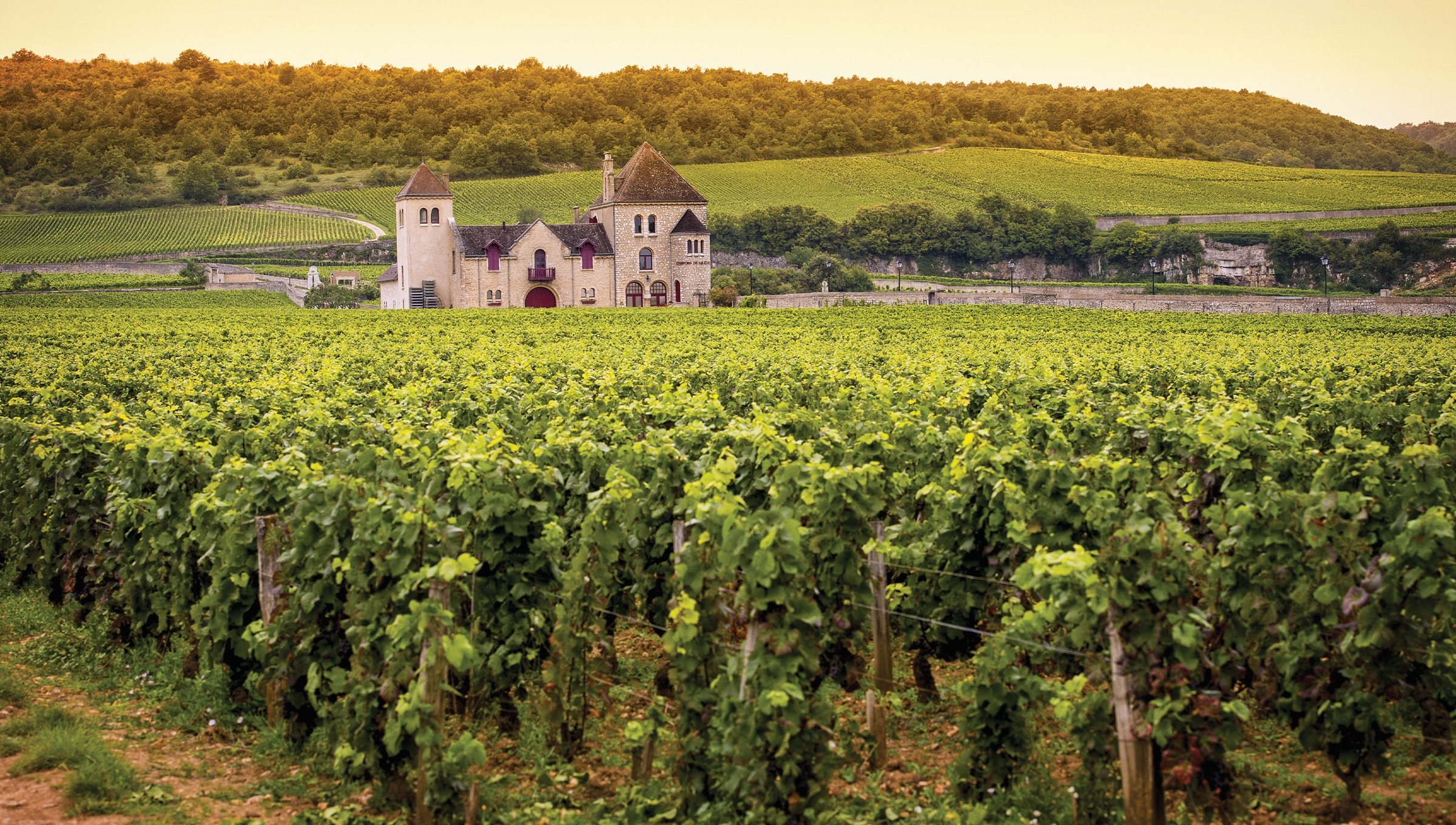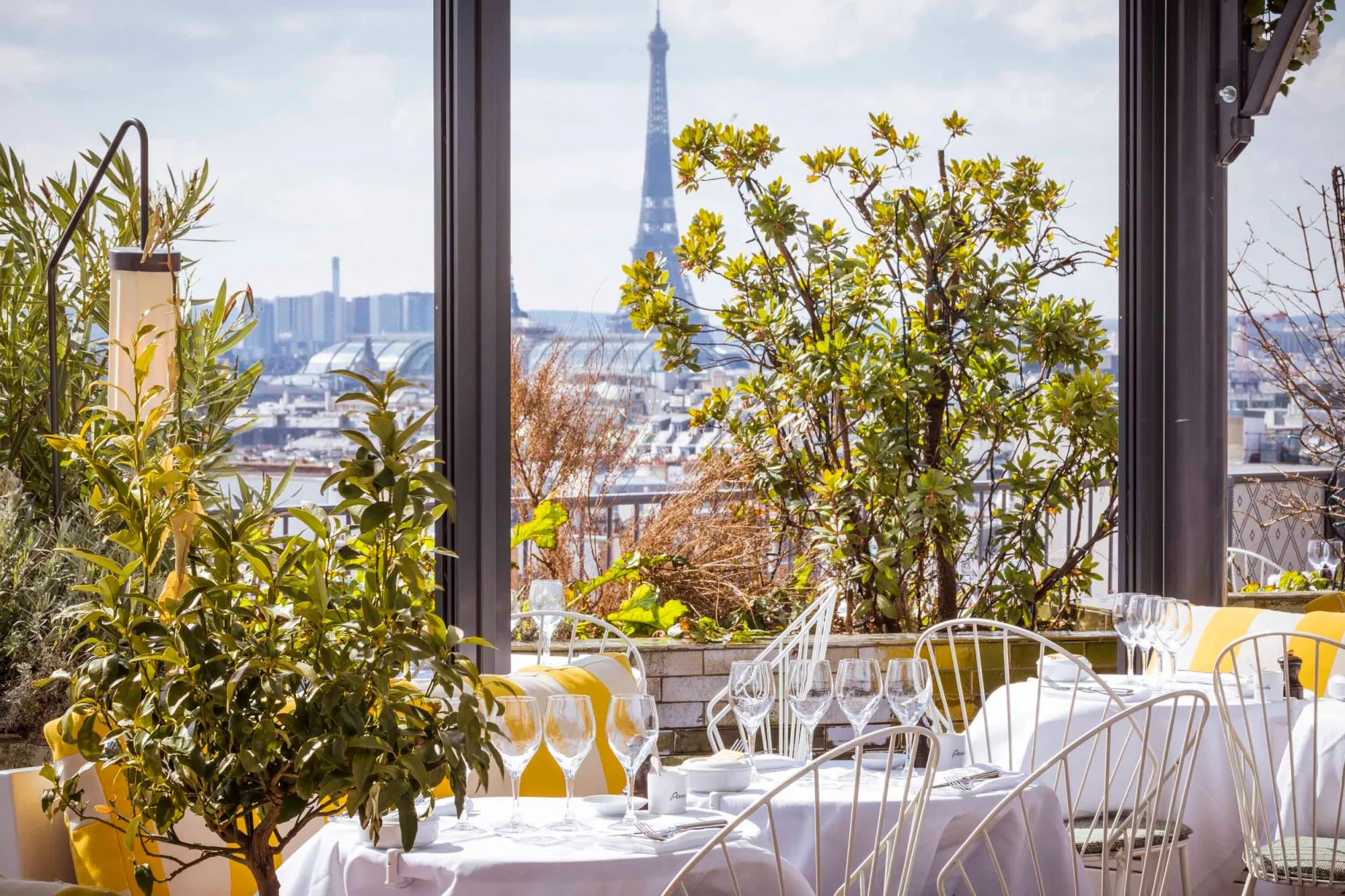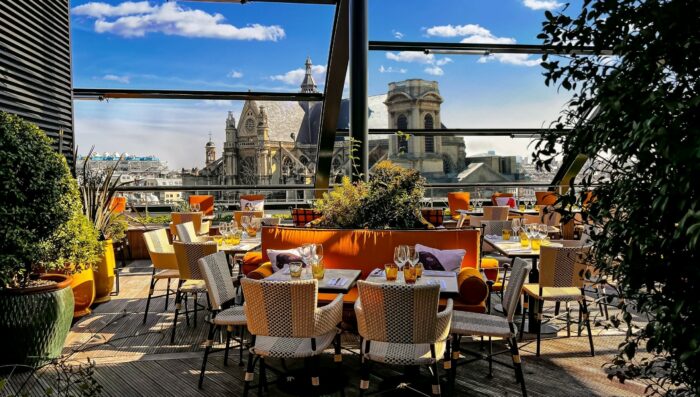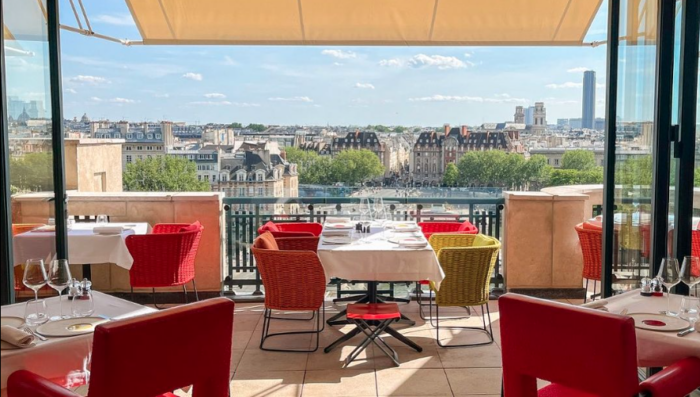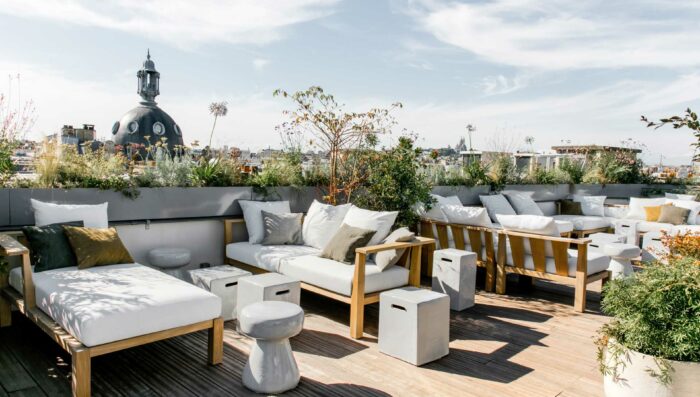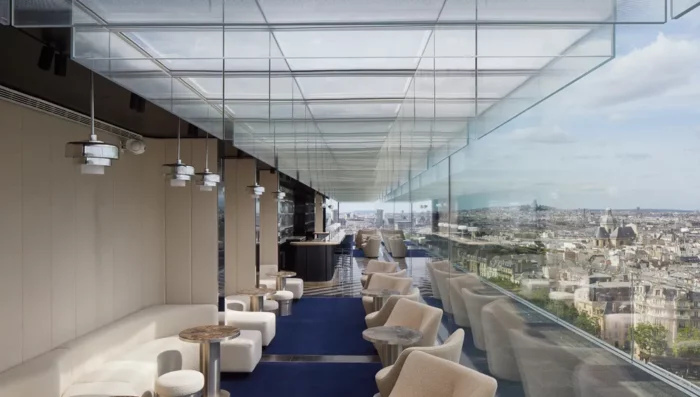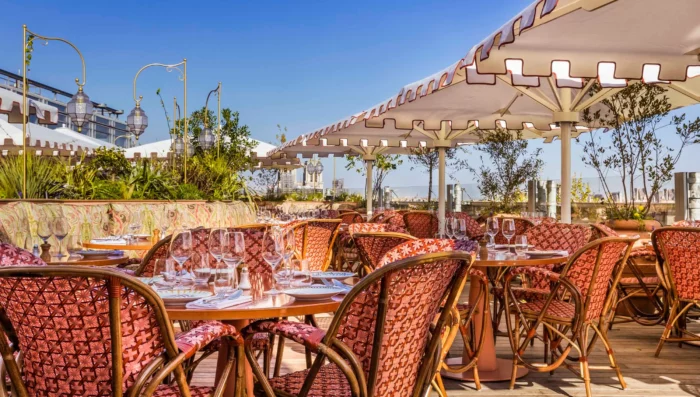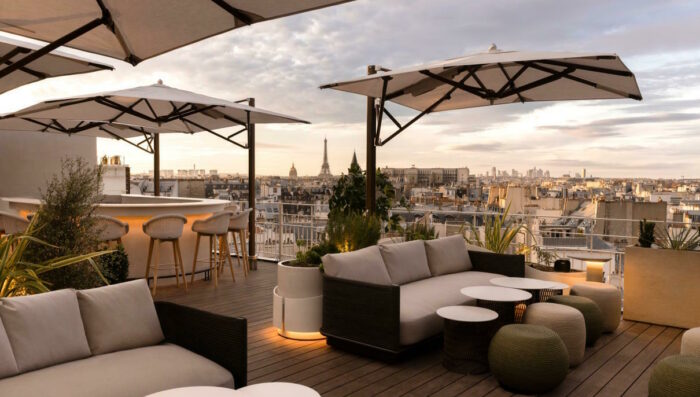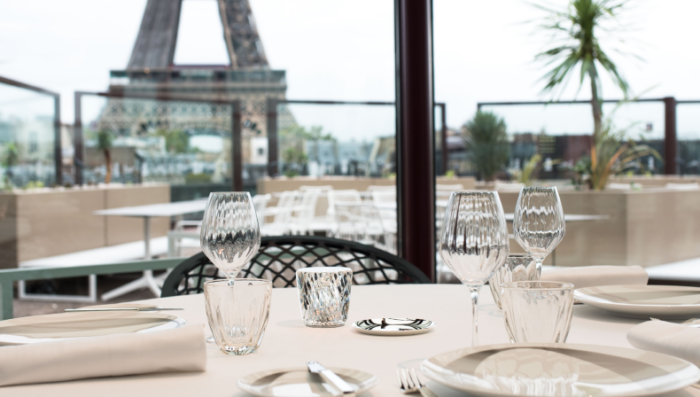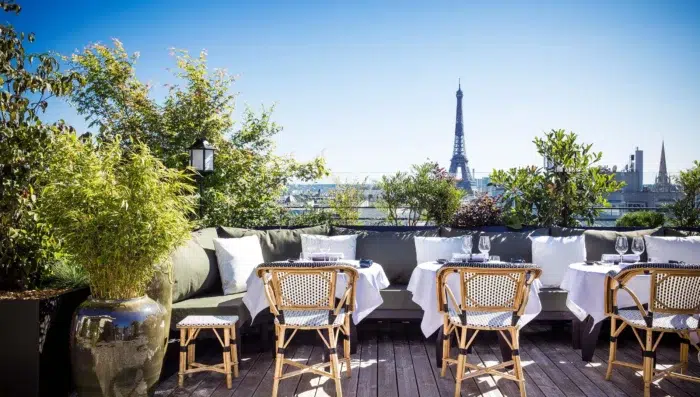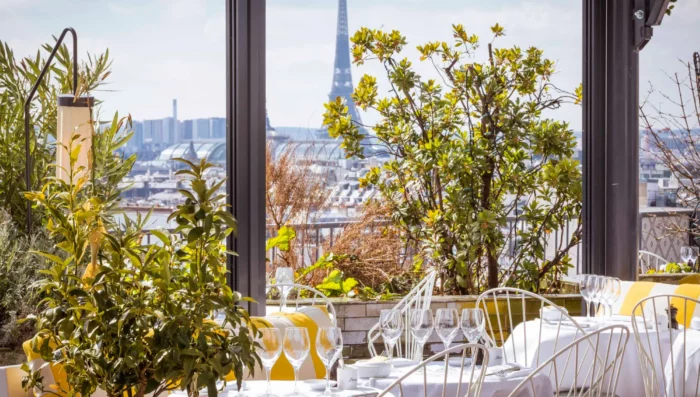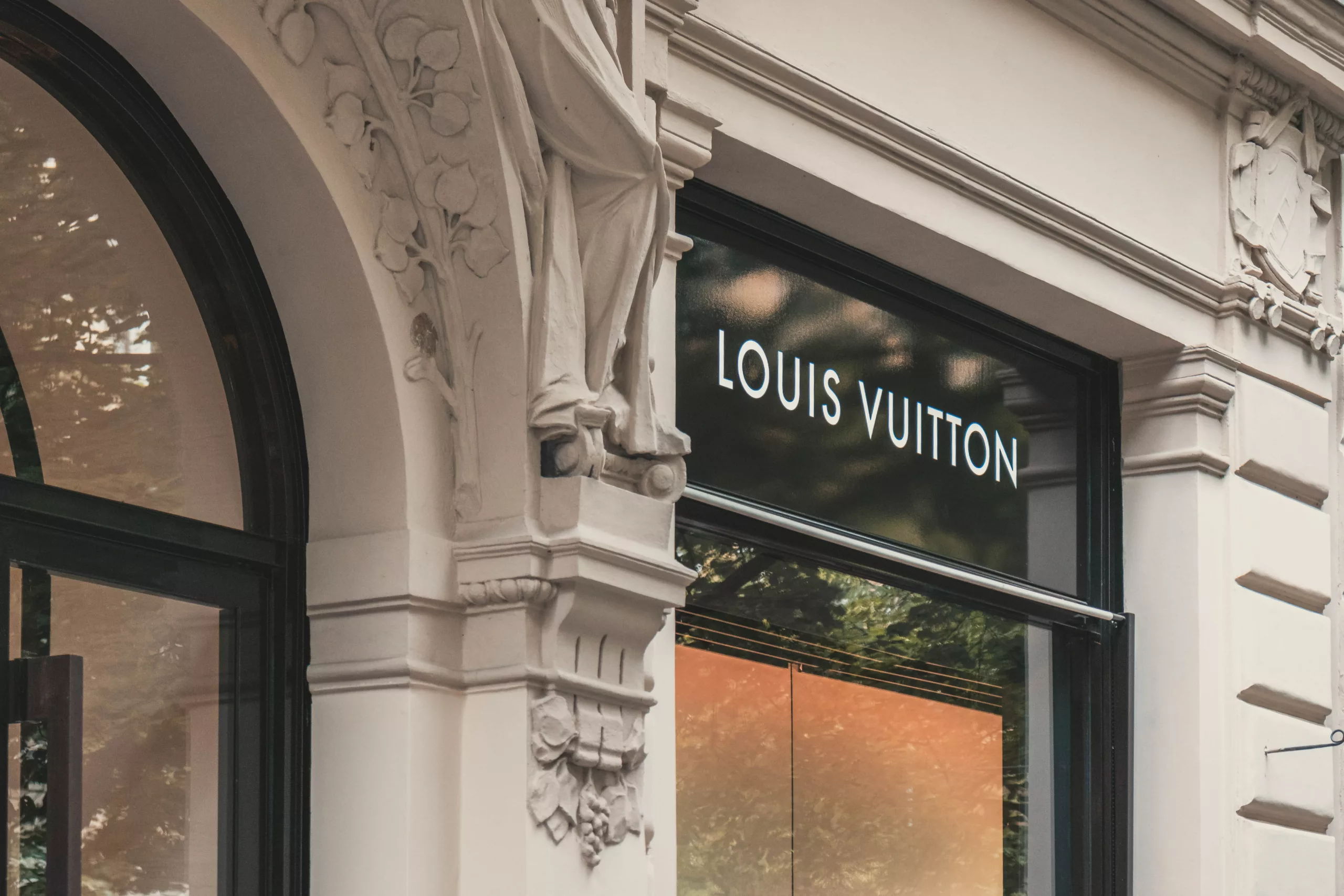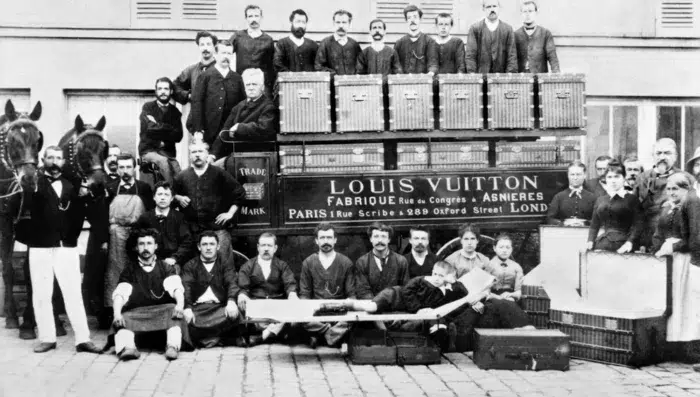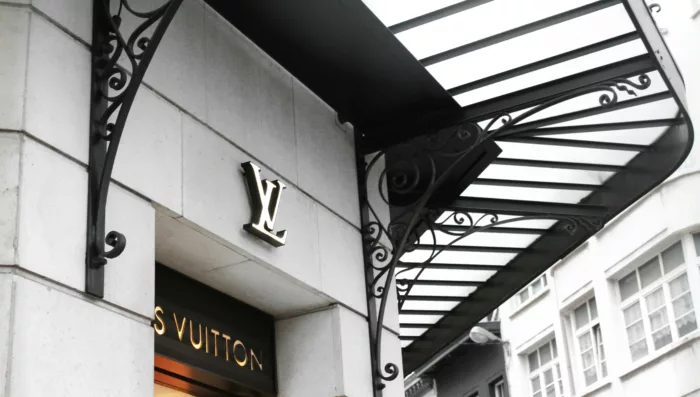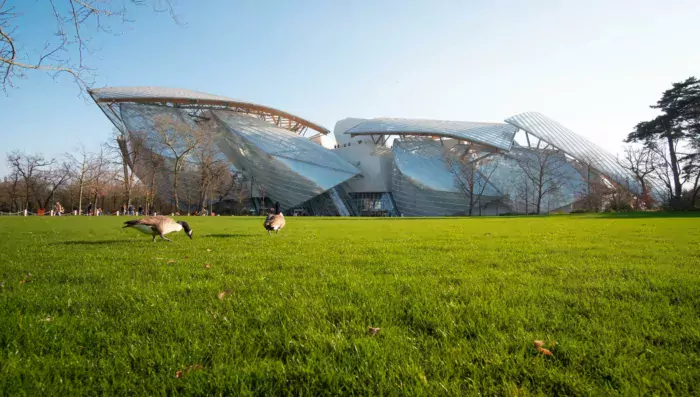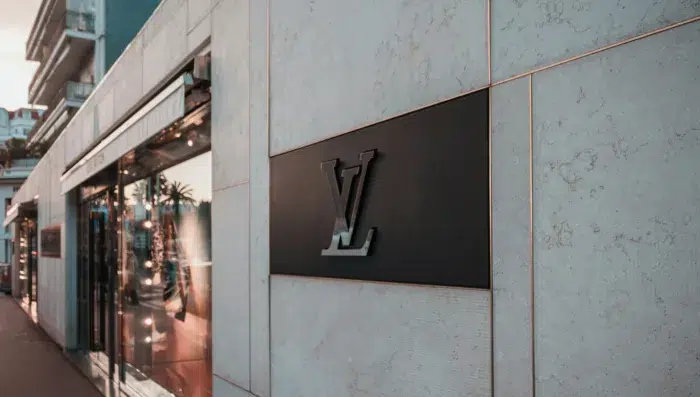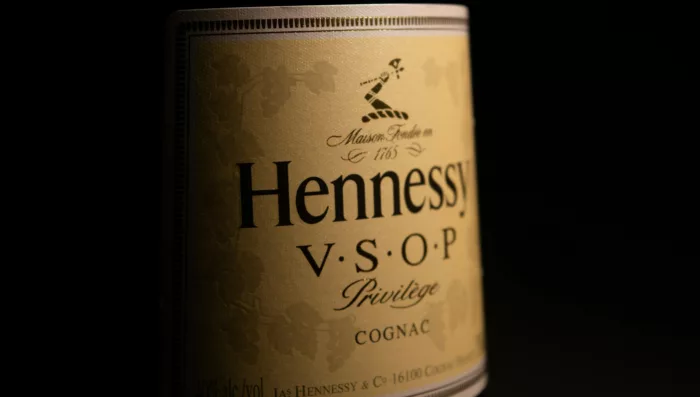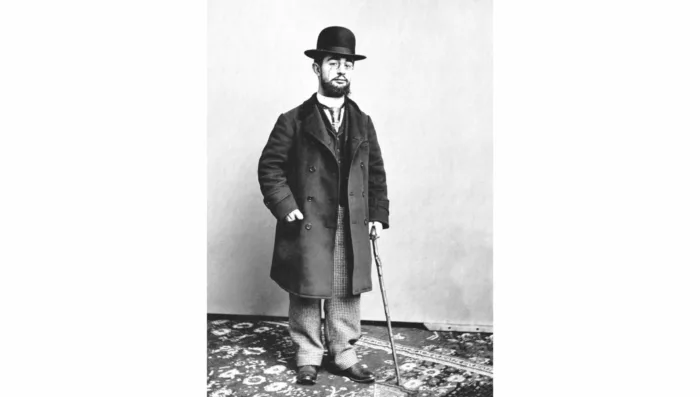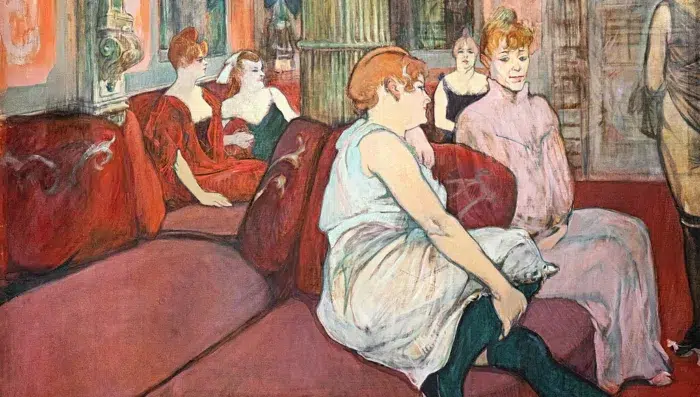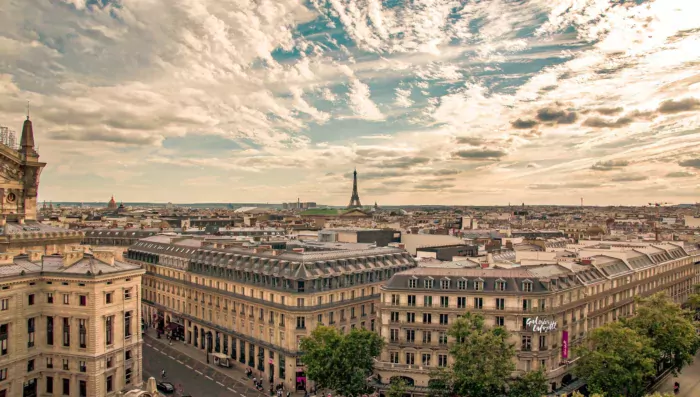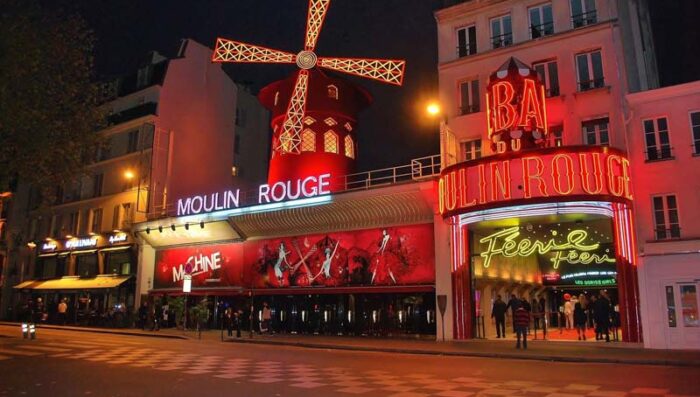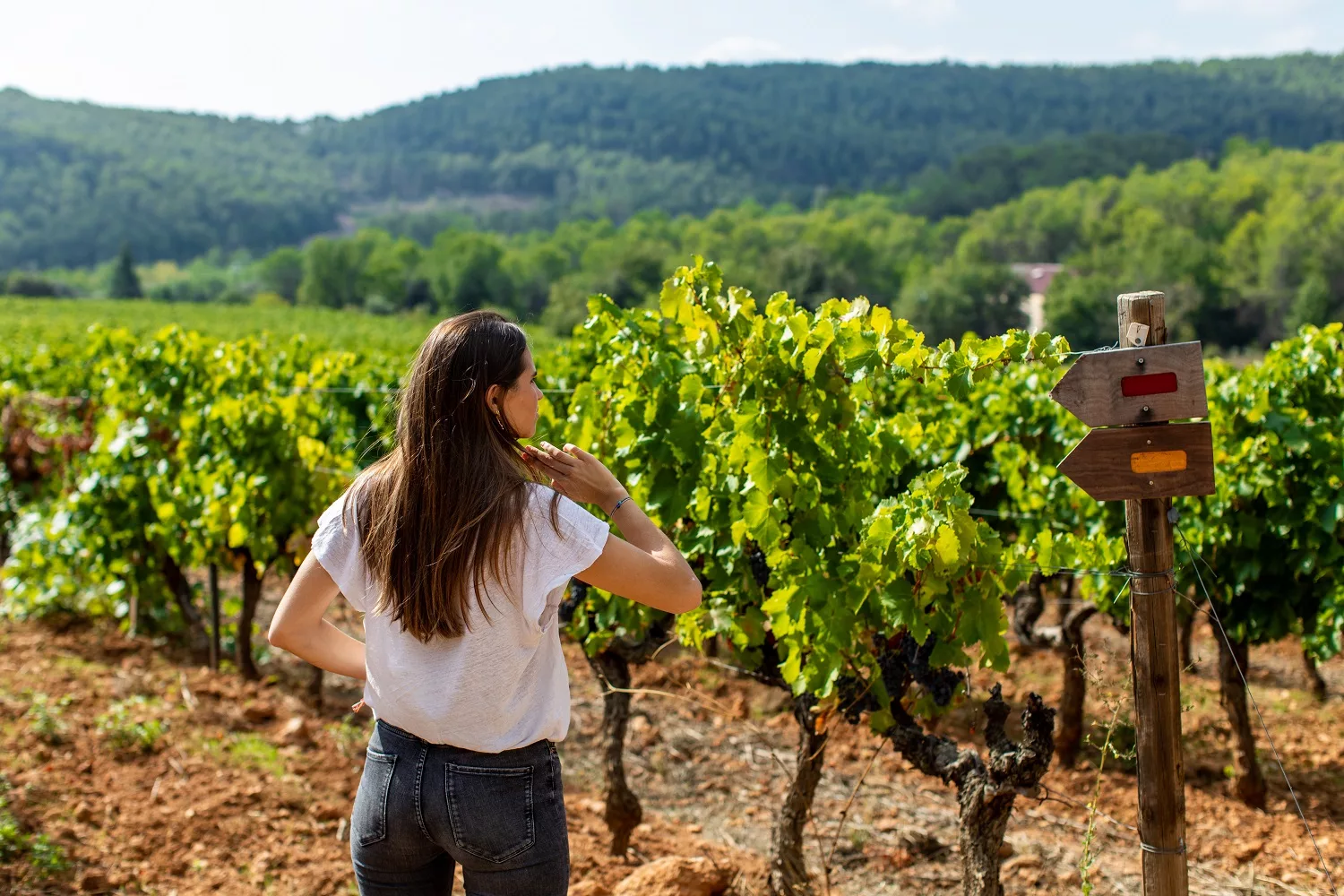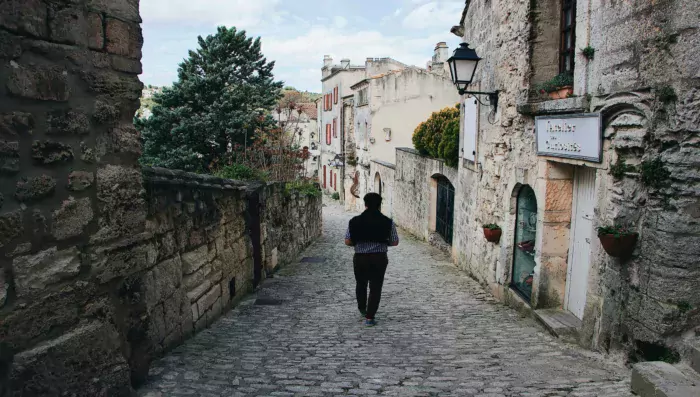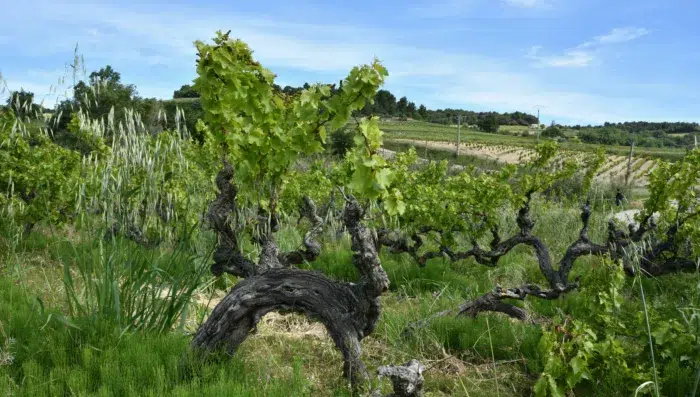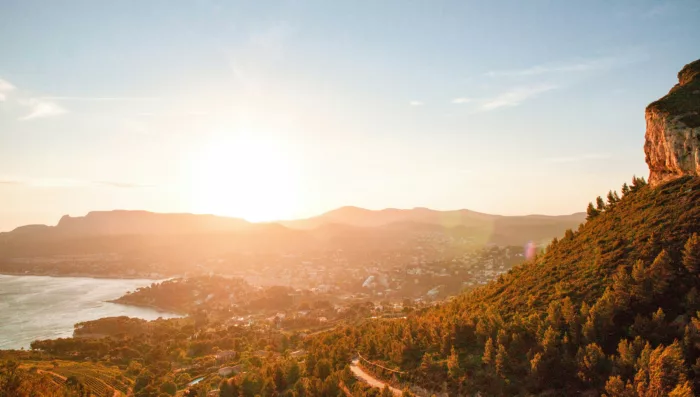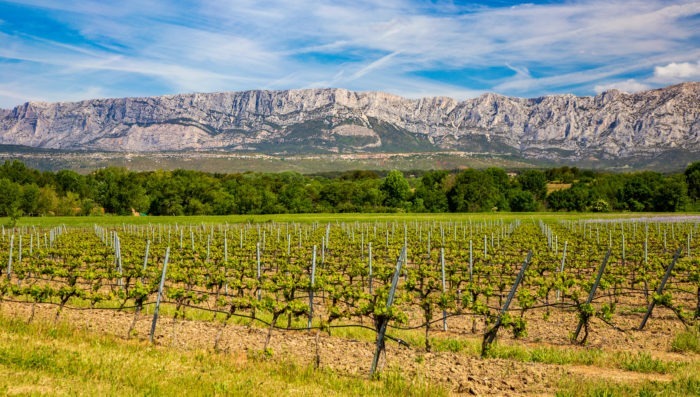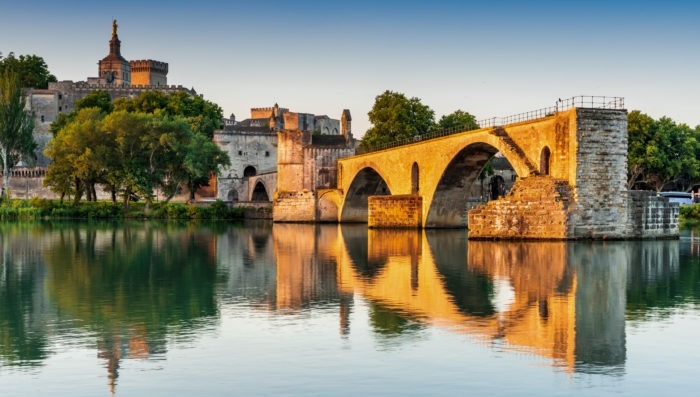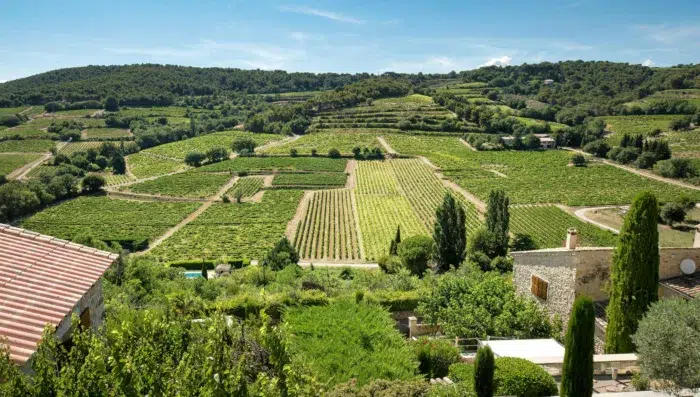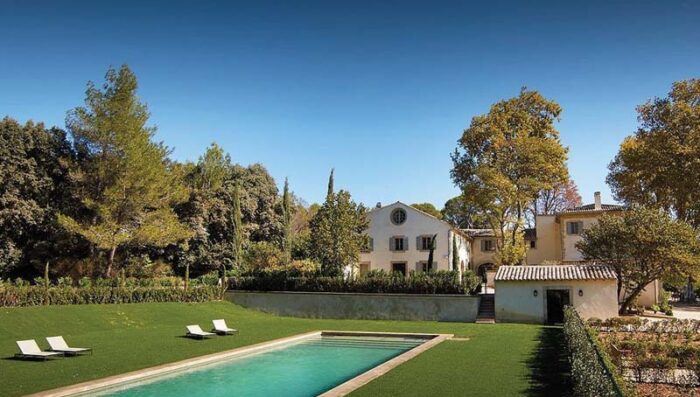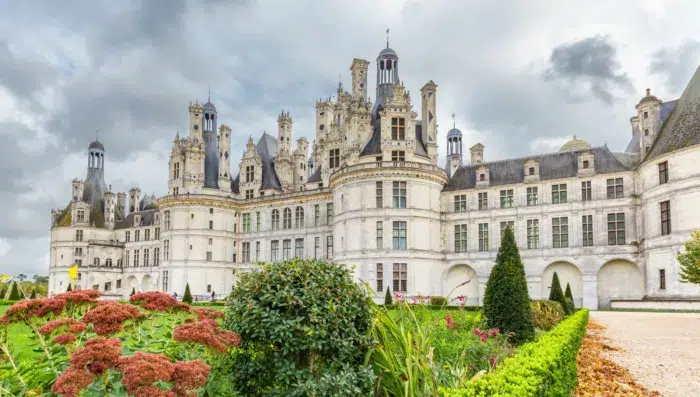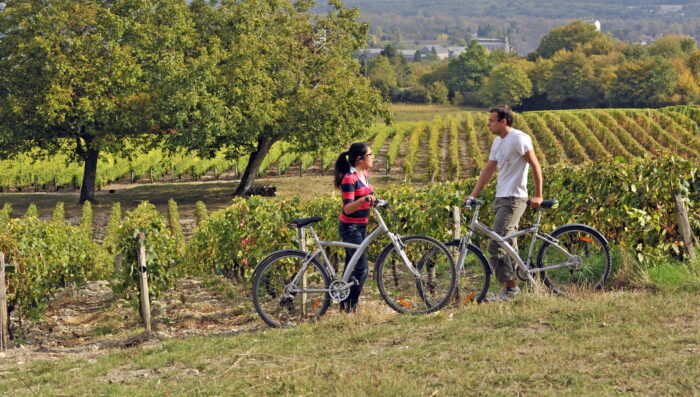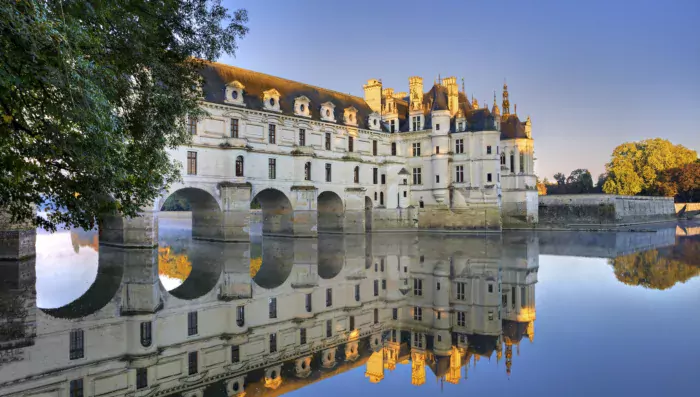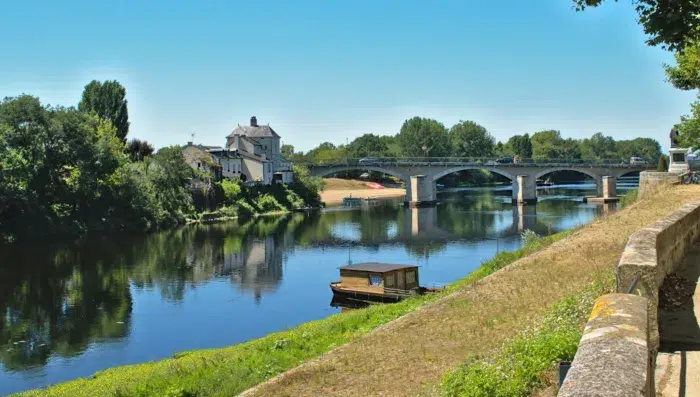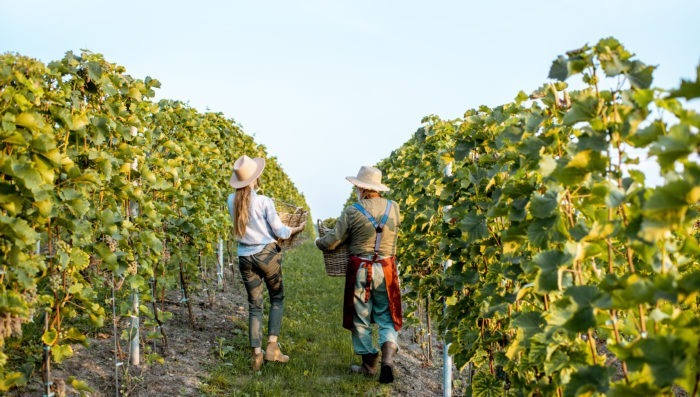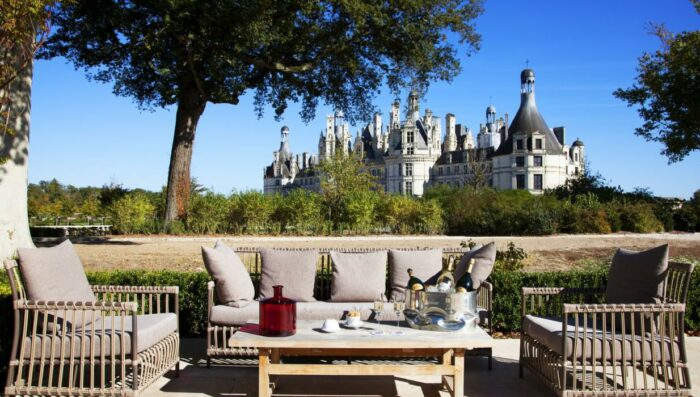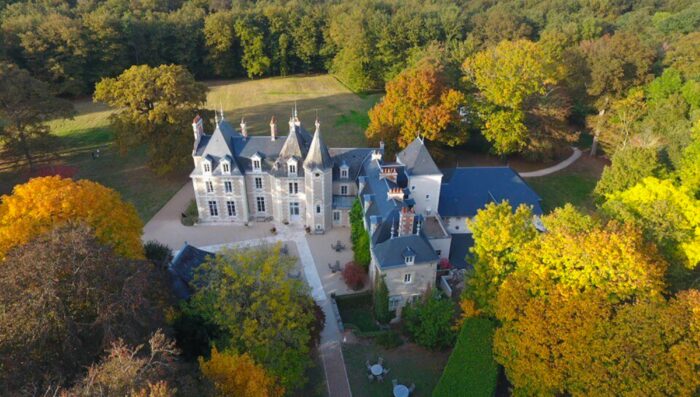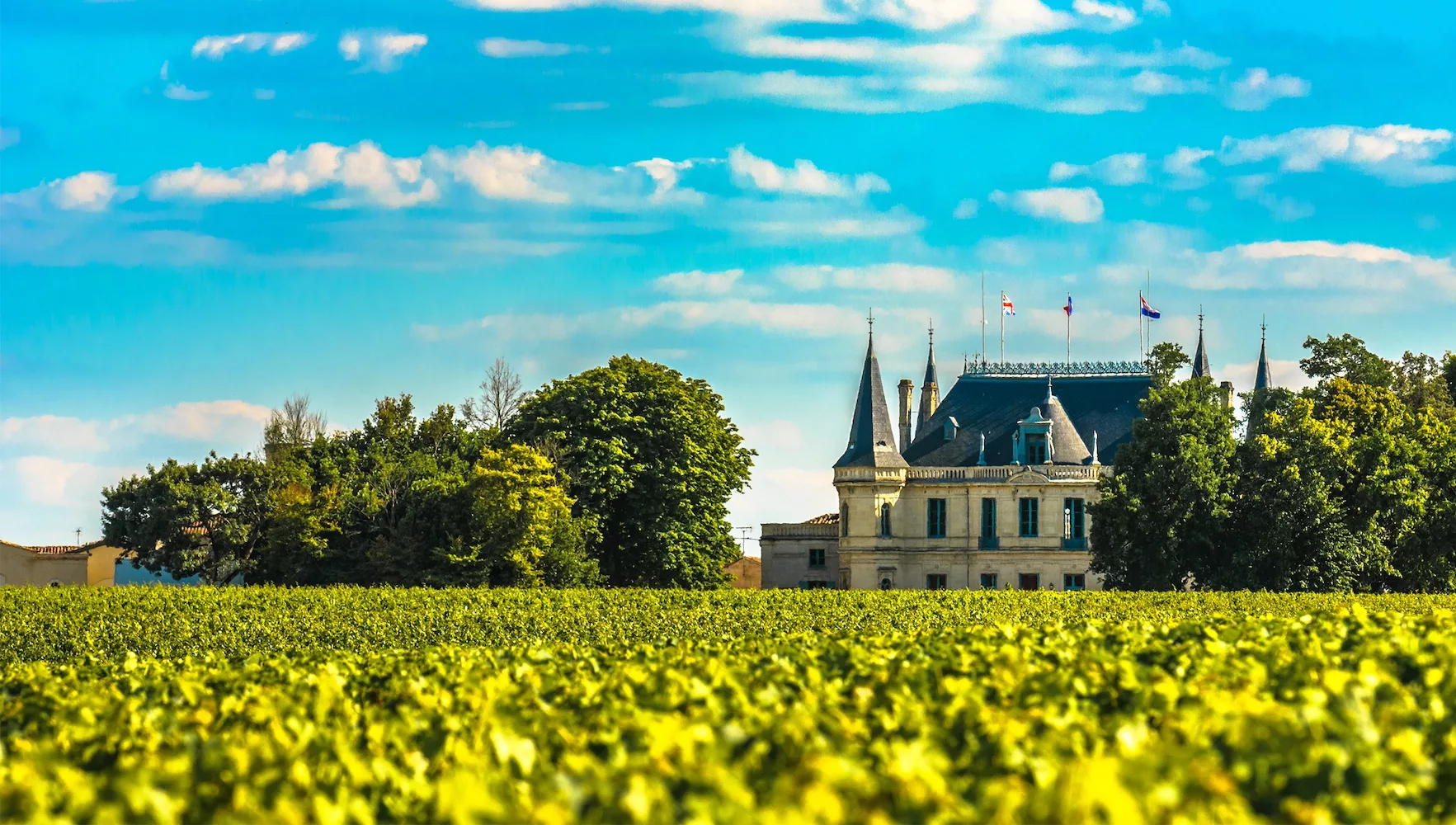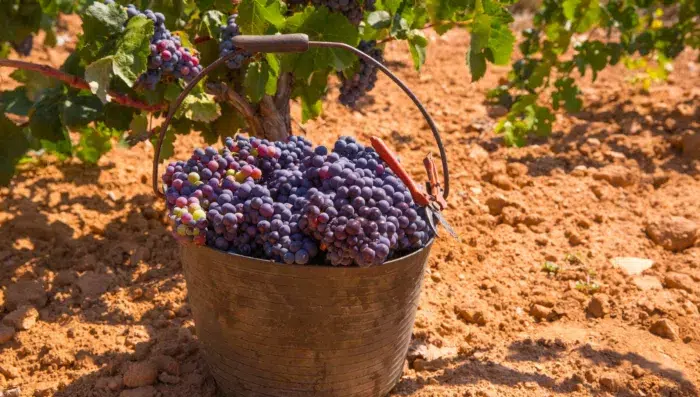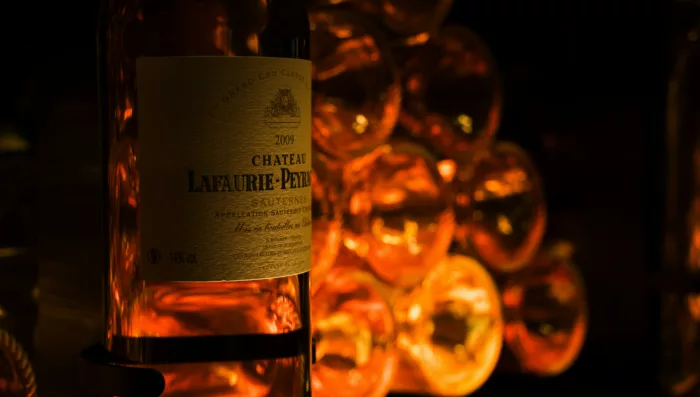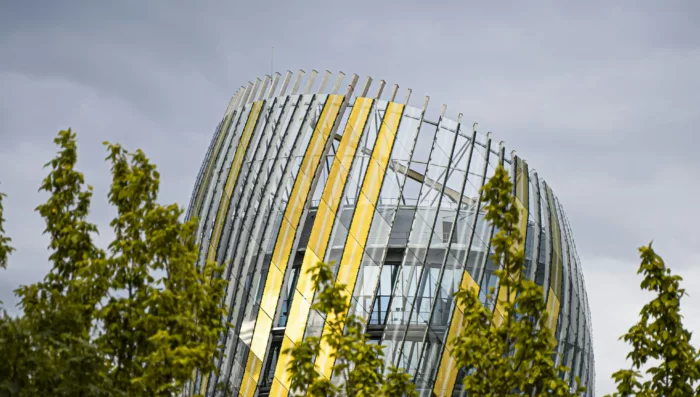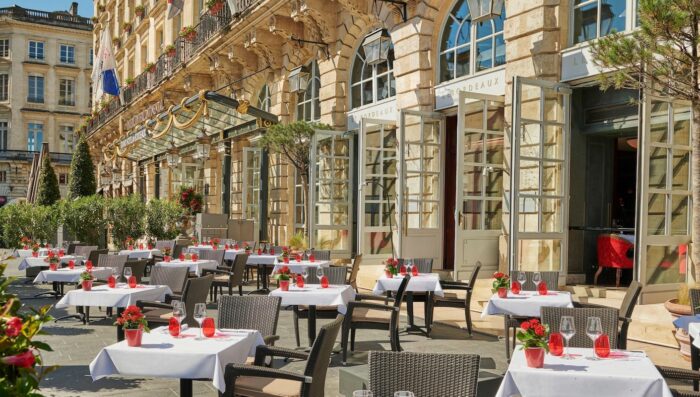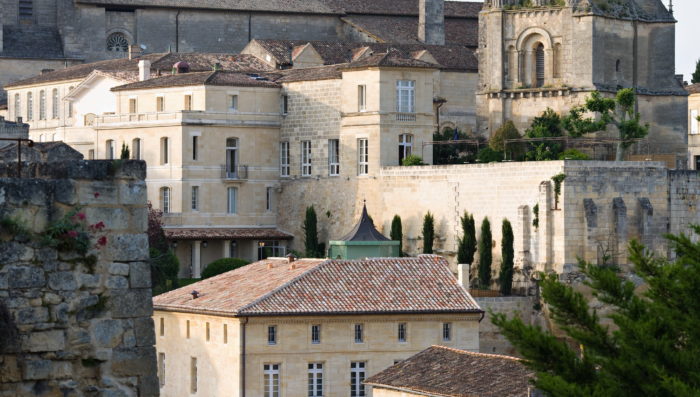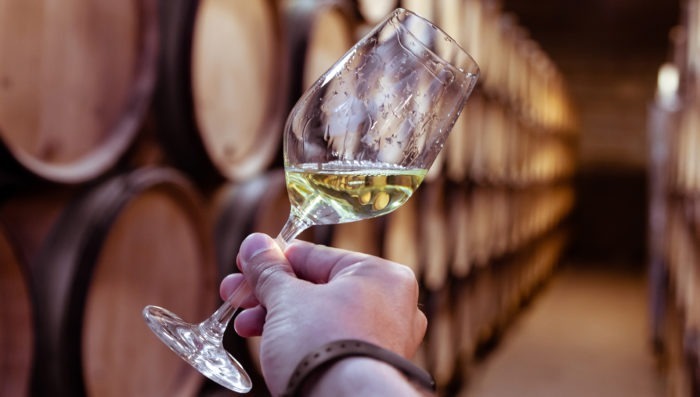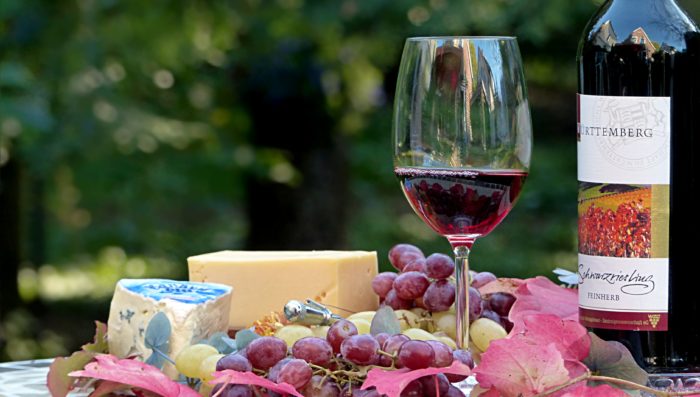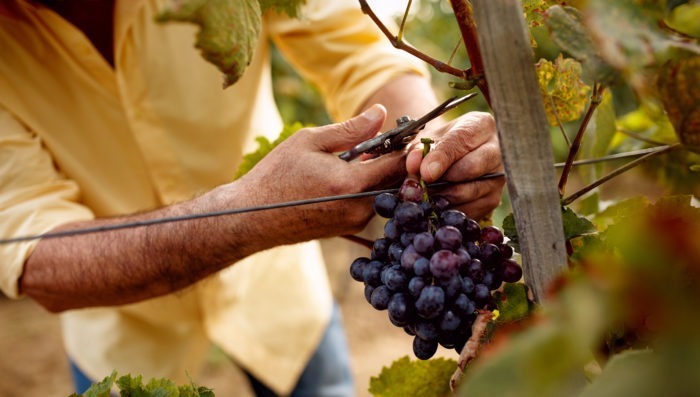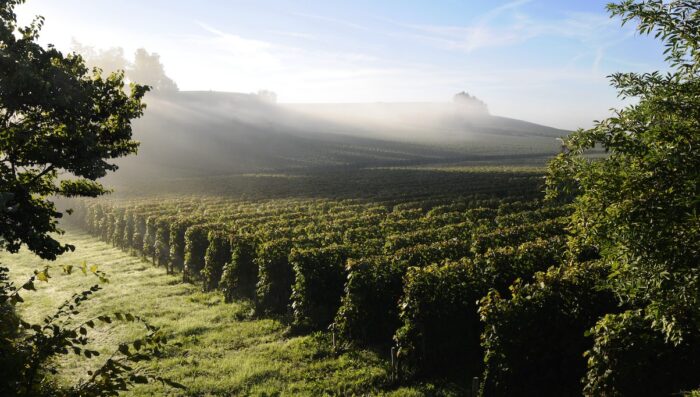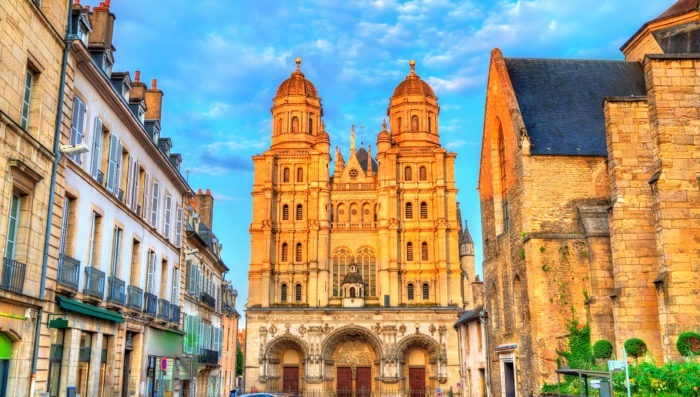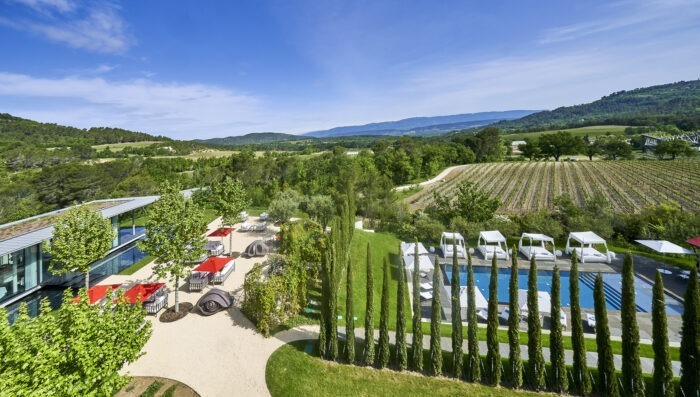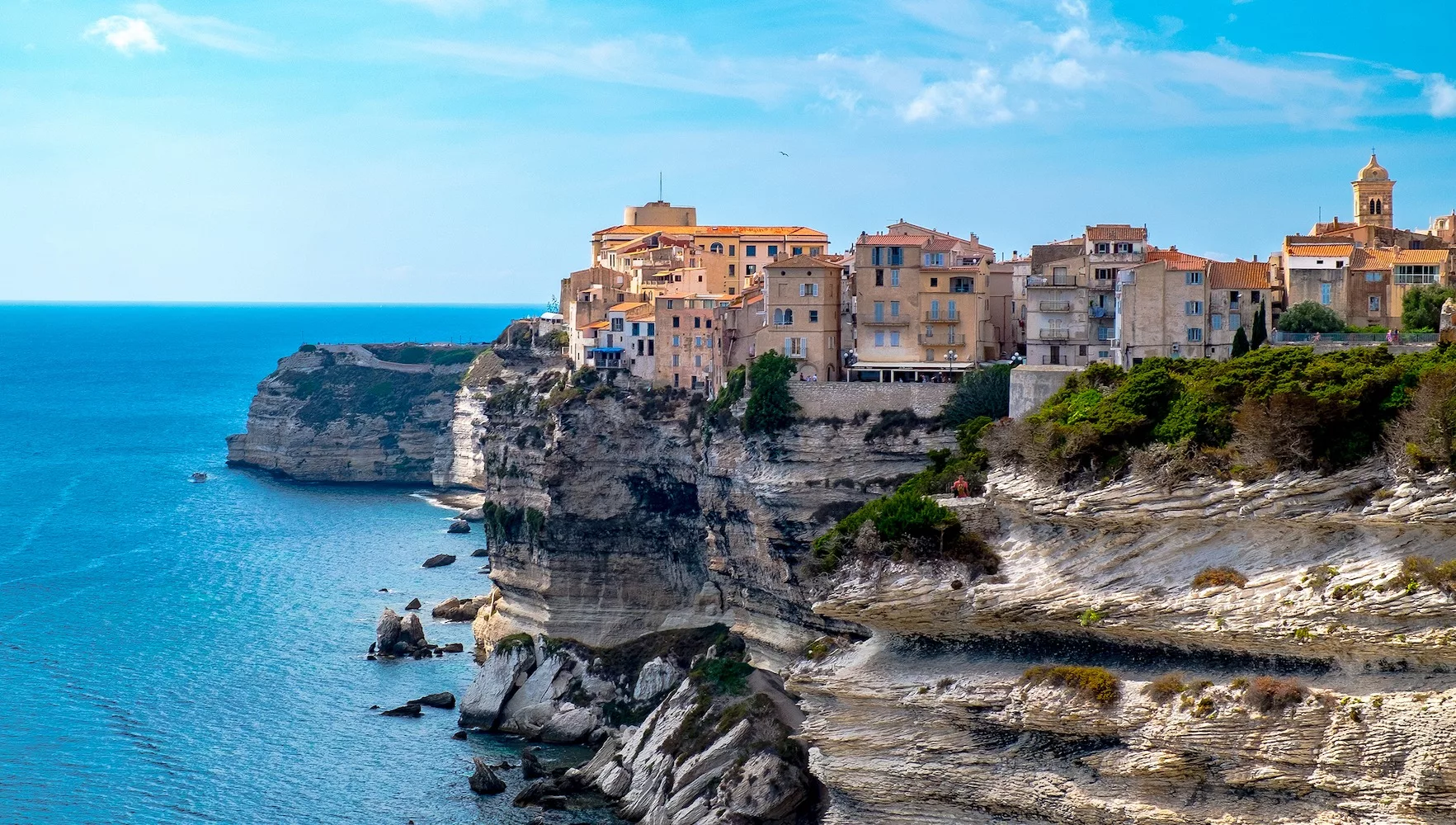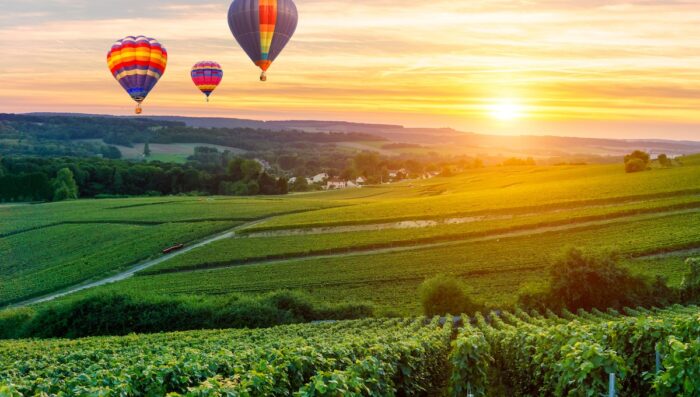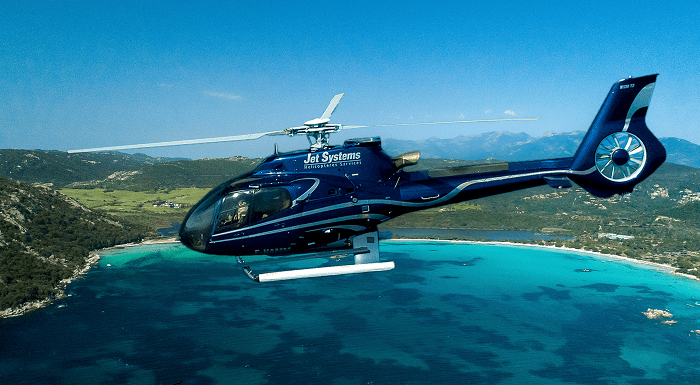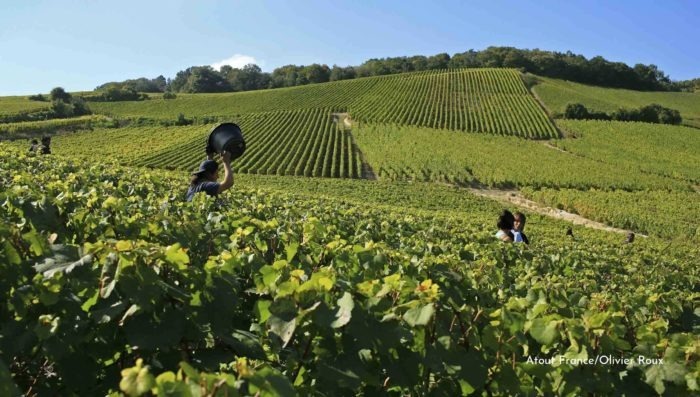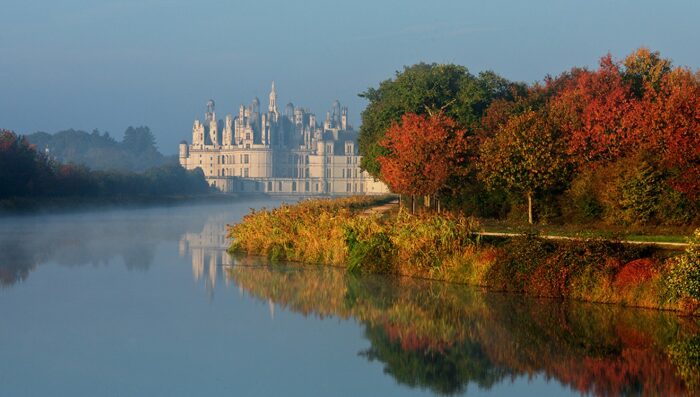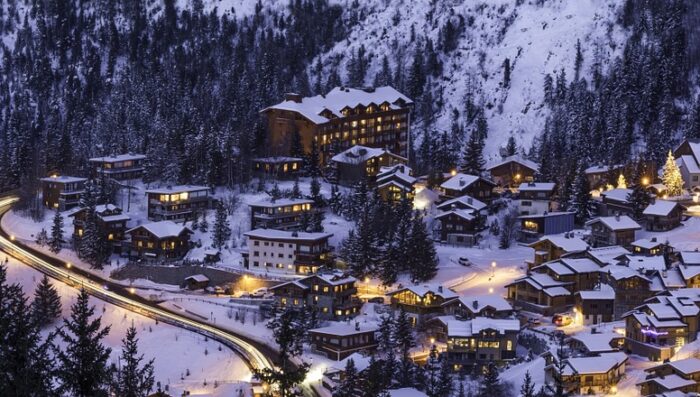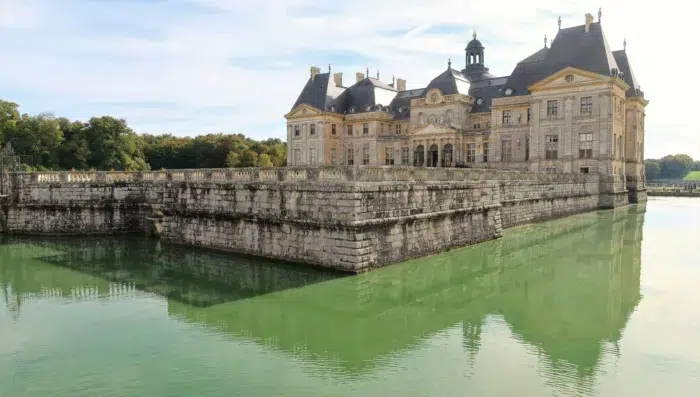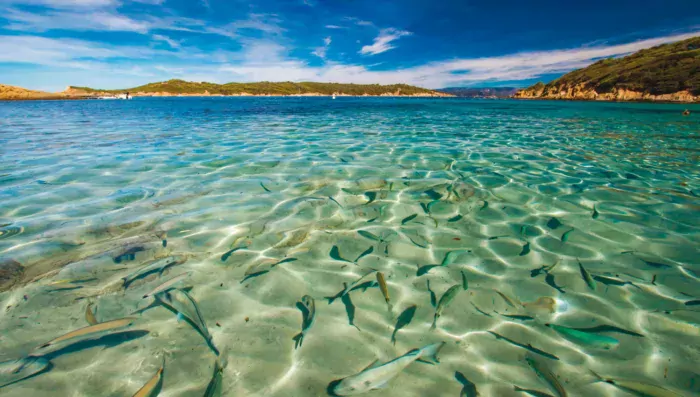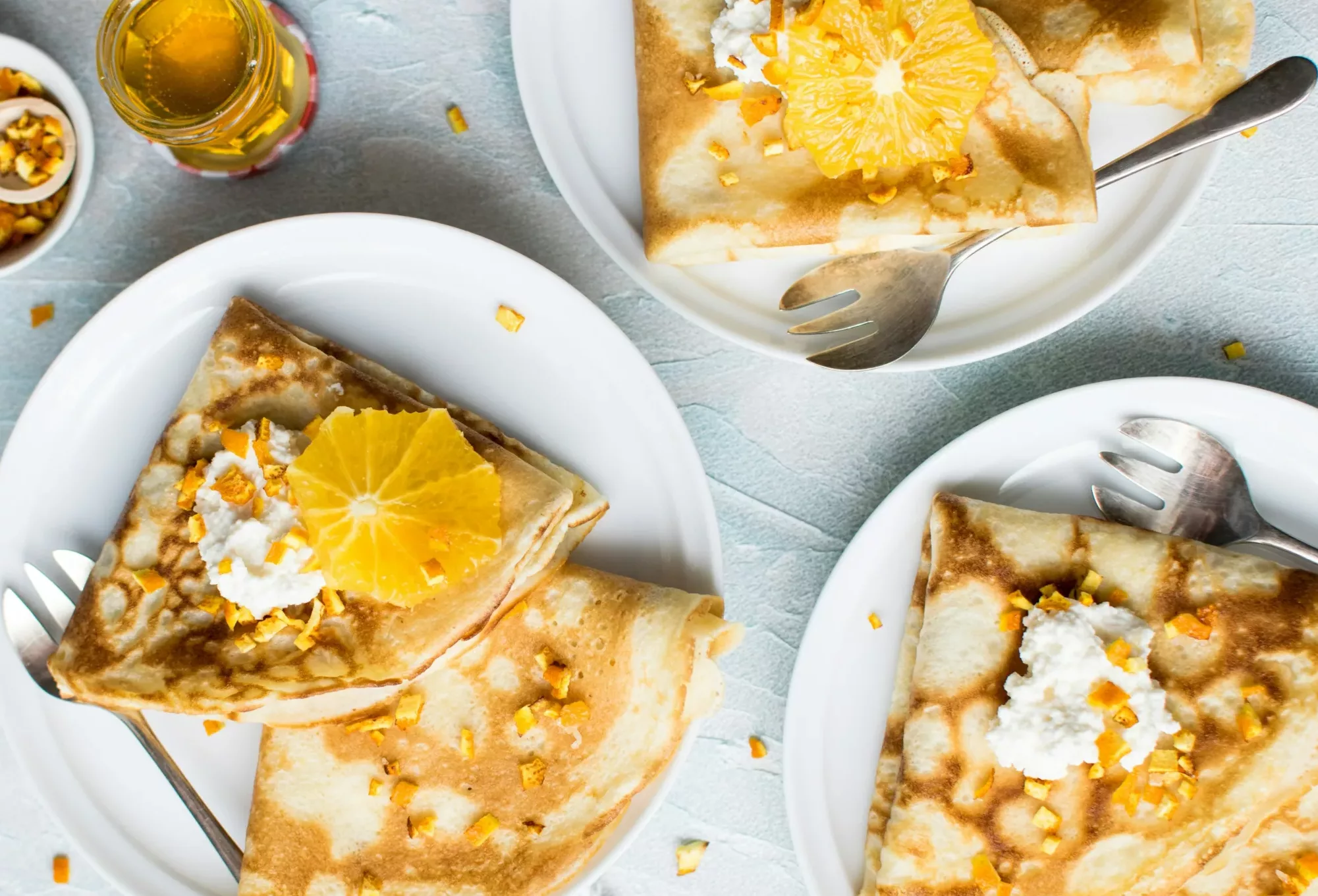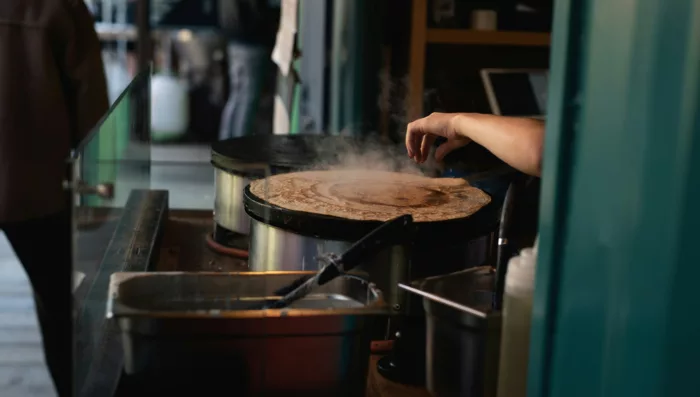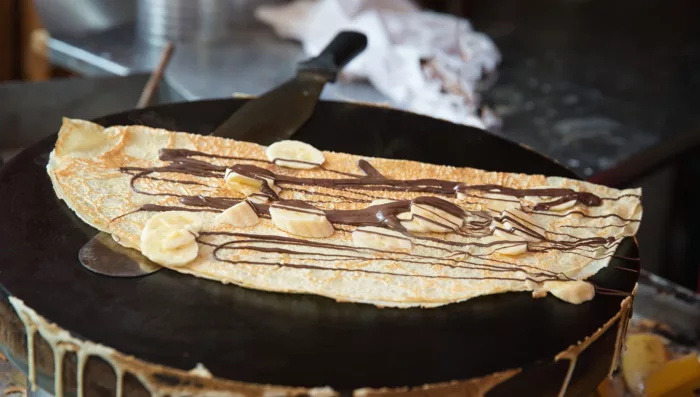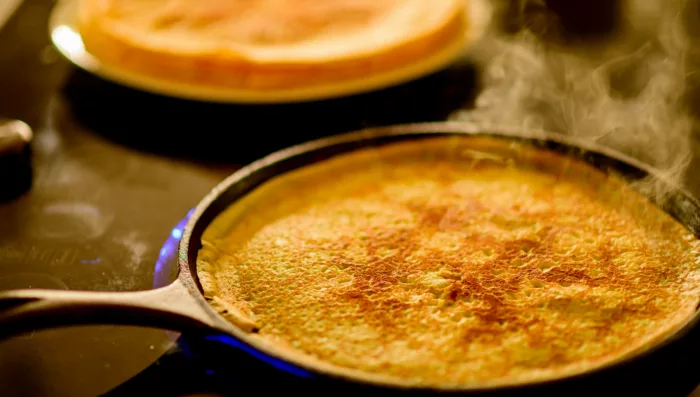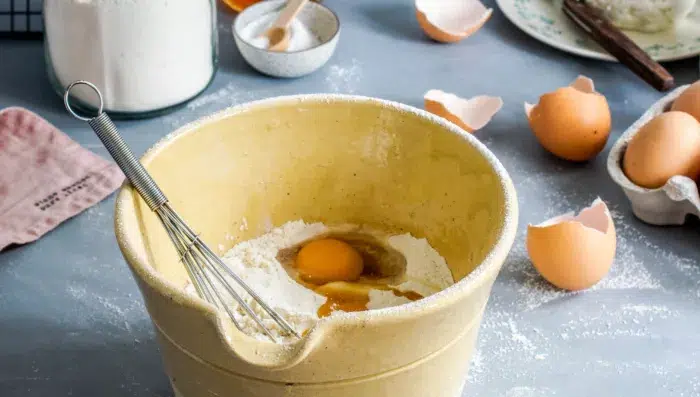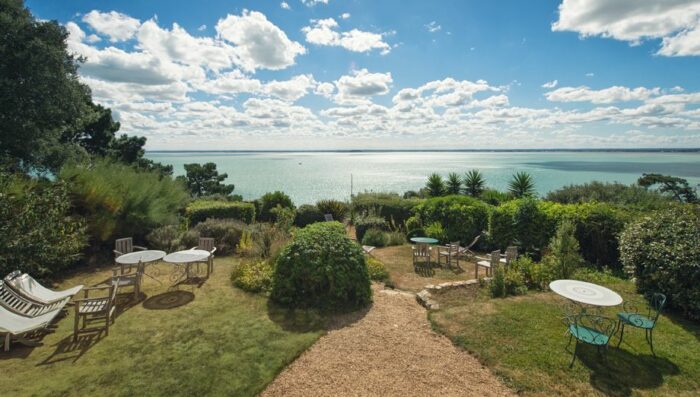It’s an exciting time of year for grape growers and wine lovers alike as the vendanges, the period of grape harvesting, has officially begun. Each year is slightly different depending on the region, mother nature, and the grapes themselves. Typically the vendanges begin in late August and can last through October. Read on to learn more about the process, how to take part, and how to celebrate the 2025 grape harvest in France.
The 2025 Grape Harvest in France
When is the Harvest in France this Year?
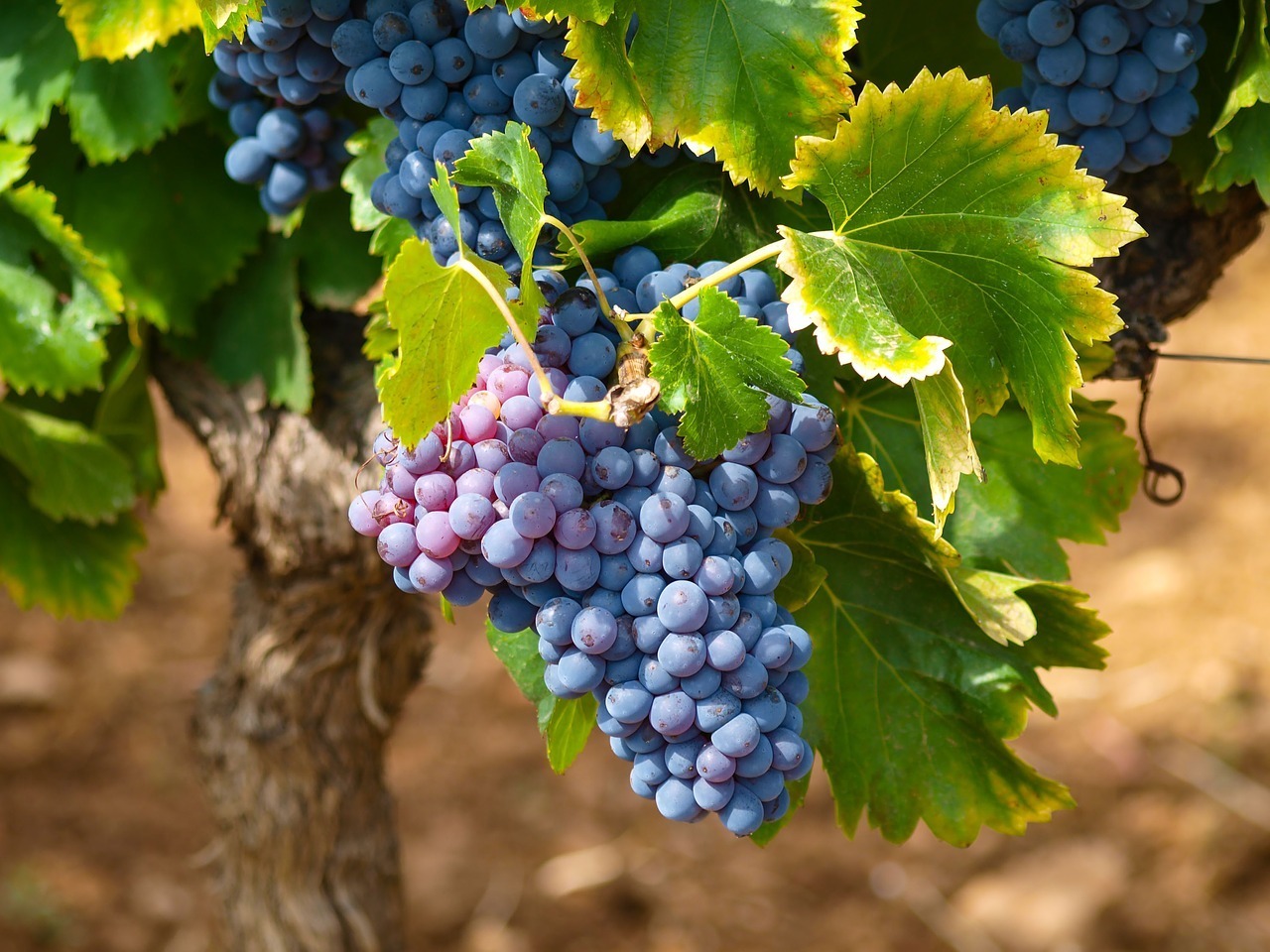
Each prefecture must lift the ban on grape harvesting (lever le ban des vendanges) before picking begins. This date is typically about 100 days after the vine flowers. Ultimately, the harvesting date depends on the grapes. Wine growers monitor levels of sugar and acidity as well as the amount of tannins, especially for red wines.
Vendanges typically begin in late August in southern parts of France like Corsica and Provence and can last through October. Severe frosts make the date later and heatwaves make it earlier. Harvesting typically lasts for about 15 days, depending on the size of the vineyard.
Bordeaux entered the harvest period on August 16th with crémant, which makes up 1% of their production. Next, they’ll start harvesting grapes for white wines. The first grapes for red wines in Bordeaux will follow likely in mid-September. At the end of September the bulk of grapes for red wines will be harvested. In Burgundy, the harvest period will begin at the end of August in the Jura region. The Champagne harvest period is expected during the first ten days of September.
Where to Stay During the Grape Harvests in Burgundy
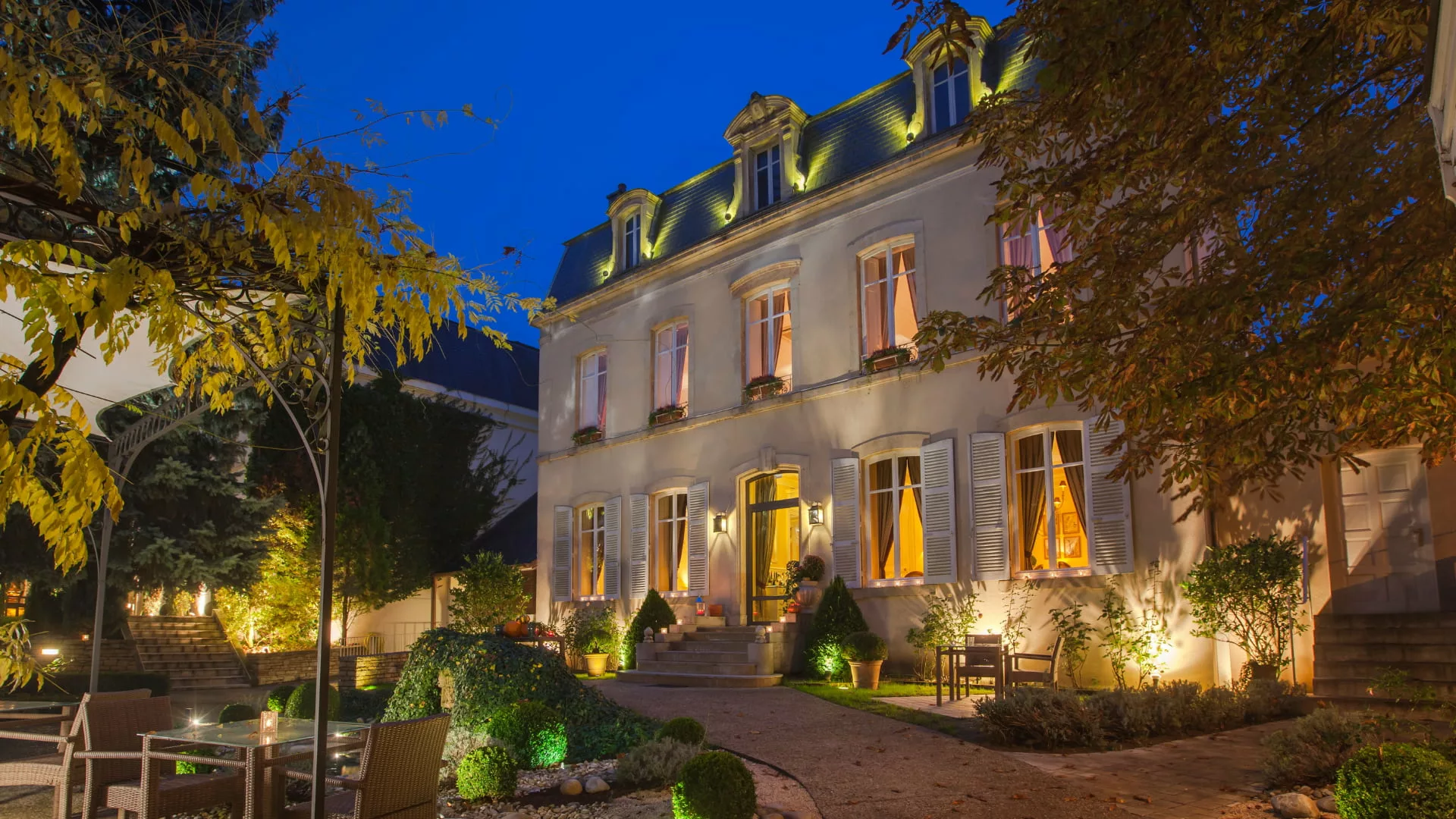
Hostellerie Cèdre & Spa
This 5-star hotel, located in the center of Beaune, is an ideal base for exploring the cultural and oenological heritage of Burgundy. It perfectly reflects the French art of living,
The luxury hotel offers 40 rooms and suites decorated with a beautiful blend of tradition and modernity which give you an ancient and contemporary feel. The suites have a unique bathroom with a walk-in shower and separate toilets.
The restaurant is a well-known gastronomic address. is the perfect setting for a beautiful gourmet experience steeped in the French tradition with creative and carefully crafted recipes. The menu, which honors local producers, evolves with the seasons and will allow you to discover the secrets of local gastronomy.
The wellness area is the ideal place to relax and recharge your batteries in the private Jacuzzi and the warmth of the hammam.
How Grapes are Harvested in France

Grapes are largely harvested by hand. Some regions like Champagne even require it. This means bringing in some extra help – about 300,000 people in order to cover the approximately 750,000 hectares (1.9 million acres) of vineyards in France. It’s a seasonal job open to anyone older than 16 and is popular among students.
In some cases, machines harvest the grapes. Machines increase productivity and can harvest about 200 times more grapes per day than a person. They also run day and night, no matter the weather conditions. However, machines are less accurate and can sometimes damage the delicate grapes. Machines also require sorting to remove any grapes with undesirable qualities.
Participating in French Grape Harvests

Visiting the cellars during the vendanges can be complicated. Many wineries close for tours although some independent wineries welcome visitors. In 2025, Domaine Besancenot near Beaune is offering a visit of the winery with an explanation of the harvesting process. The visit includes a tasting of five wines paired with gougères. Be sure to contact French Side Travel for assistance with a reservation in advance.
Celebrating the Grape Harvest in France
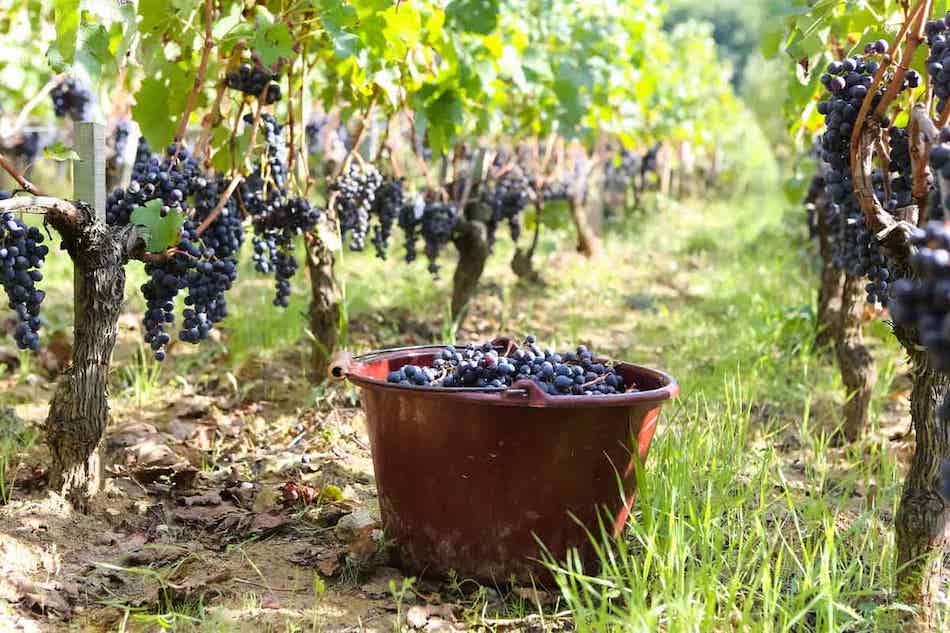
There are many different harvest festivals throughout France. One of the first is the Festivini Festival of Food and Wine in the Loire Valley. Perhaps the most well-known is the Montmartre Grape Harvest Festival in Paris from October 11th through 15th. More than 40 bars and restaurants take part in the four day event which includes activities like concerts, entertainment, tastings of regional and local products, dances, walks, special exhibits and more.
Where to Stay During the Grape Harvest in Champagne

Château de Sacy
Experience a beautiful stay in a spacious, luxurious and comfortable Château, opening onto the vineyards on all sides. Elegance and modernity come together in an atmosphere conducive to both relaxation and fun.
You’ll have a pleasurable stay in the elegant and modern rooms surrounded by beautiful vineyards with a splendid view of the mountains of Reims. Dining in the authentic restaurant with a delicate cuisine and 360 degree view of the vineyards will be a lovely memory and a unique experience.
The spa offers exceptional services, and quality and excellence are the spa’s motto. Discover your inner-self with yoga and fitness classes in the middle of the vines, surrounded by a scenic image of Reims.
For those who love sports and culture, there are numerous activities in the area including golf, opera, and more. Visit and be one with the nature.
Whether you can experience the 2025 grape harvest in France in person or not, it’s an exciting time for wine lovers. The French wine regions are diverse and worth exploring whenever you have the chance. Some of our favorite tours include A Road trip through Bordeaux and Dordogne’s Nature and Wine Country, The Best of Beaujolais, Burgundy, and Champagne Vineyards, and A Luxury Escape to Burgundy’s Vineyards. French Side Travel has something for everyone whether you’re interested in food and wine, history and culture, adventure, or romance and scenery.
Need some help planning your trip?

